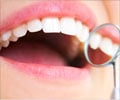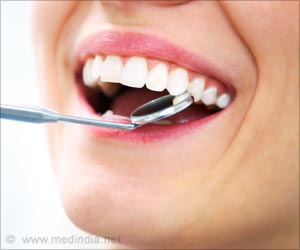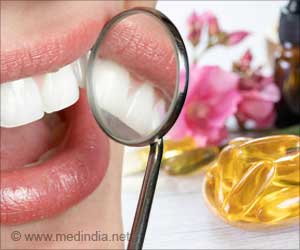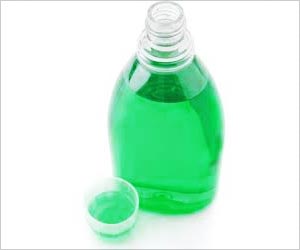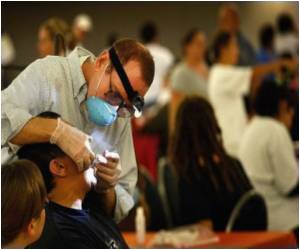
BPA is classified as a so-called endocrine disruptor. While such chemicals may cause a host of health problems, most of the direct evidence regarding BPA comes from animal studies that don't automatically translate to humans.
Actually dental sealants and fillings don't contain BPA, but many of them contain compounds that turn into BPA on contact with saliva. Sealants are transparent synthetic resins applied to the chewing surfaces of molars and premolars in young children and teenagers as a preventive measure against tooth decay in the occlusal pits and fissures.
Following a query from a mother on the safety of the sealants, pediatric endocrinologist Abby F. Fleisch, MD, and colleagues at the Children's Hospital, Boston, performed an exhaustive review of the scientific evidence. They came to two conclusions:
BPA does indeed form in the mouth after some dental sealants and fillings are applied. BPA can be found in the saliva three hours after dental work is completed. It's not at all clear whether this poses a health risk.
A quick wipe and rinse of the completed dental work vastly decreases whatever risk there might be.
Advertisement
Fleisch and colleagues had hoped to be able to recommend BPA-free brands of dental sealants and composites. But manufacturers are not required to disclose all of the ingredients in their products.
Advertisement
Still Fleisch said, "We believe the high preventive benefits of sealants far outweigh the risk. So until the dental industry creates alternative materials, we recommend their continued use...But we do recommend precautionary application techniques."
Researchers suggest gargling for 30 seconds and spitting immediately after the sealant or filling has been placed to get rid of most of the free chemicals. Alternatively, the dentist can rub with pumice on a cotton roll or use an air-water syringe in small children.
"If you spend 30 minutes placing a filling, scrubbing it for 30 seconds more is not going to kill you," Kopycka-Kedzierawski tells WebMD. "I would agree it is something we can do to protect our children."
Fleisch and colleagues report their findings in the Sept. 7 issue of the journal Pediatrics.
Source-Medindia


